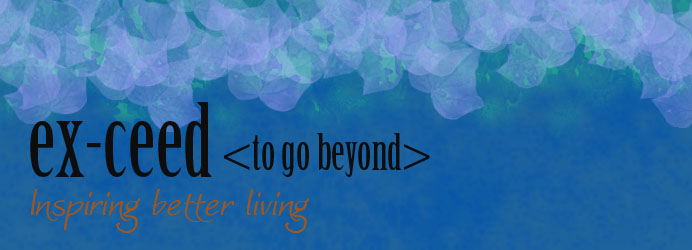We all get angry, though most of
us instinctively deny the fact, for it feels shameful to lack that sort of
control. Some people’s anger is so well
cloaked it lays dormant until just the right trigger exposes it, as they fly in
a moment to incalculable fury.
Others’ anger is cloaked in a
smirk, a berating gesture, a smug silence, a cleverly-worded email; a more even
paced frequency, but nonetheless damaging, discharge of their frustrated
emotions.
The Way Anger Works
Behind the anger is fear; for
whatever reason.
Fear-enshrined anger, we should
also know, is a substitute emotion. It presents
when we’ve passed over the base emotion disclosing our inner, even childlike,
fears. (We have, until the day we die,
these core emotions of a child; these two: our woundedness and our propensity
for fun.)
Anger attempts to protect our fear—an ‘assertive’ venture (a façade or
‘a front’) for the adult’s control and credibility—but the response is
ironically awkward, unguarded, immature and rebounding.
Anger such as this is
self-defeating; it denies the truth of what’s really going on.
Anger, then, is secondary to our inner fear; a very certain sign of
what we’ve just missed. It’s better by
far to note the signs of these boiling emotions—registering interest in those
intrinsic emotions before the vitriol spills over the edge in the
effect of our noxious words and belligerent actions.
Anger, here, is predictable. We
can cater for it before it’s too late.
Knowing Thyself
This is where knowing ourselves—and
particularly the length of our fuses and what presses our buttons—helps.
But not just that; we must know
our triggers-to-anger and we should also develop re-channelling strategies so
we don’t miss the vital clues to our inner child emotions.
It’s the adult within that placates
the child deeper inside us, not denying the child, but validating him or her, for emotions always
present for legitimate reasons. Practically
speaking, we don’t judge ourselves for feeling angry, because it’s a sign we’re inwardly fearful. Instead of judging, we explore our feelings in
order to learn.
Knowing ourselves—our child fears;
our weaknesses—is the opportunity to accept ourselves.
Revisiting Our Propensities and Bouts of
Anger
If we venture back honestly over
our last week or month, we’ll have no problem identifying a situation where we
either felt tempted to get angry, or we let fly.
Learning about what led to those
emotions makes for intriguing intelligence.
We can use such information to plan to prevent, or circumvent, the next
time.
Noted with special interest is what fear drove the anger. This is an intriguing study. If we’re cut off to our fear we’ll think, “What
fear?!”
But there’s fear there, alright!
If we became angry with an
inconsiderate spouse, chances are we’d be fearful of becoming (or being) the
doormat—and losing too much control to a person not to be trusted—if we just
accepted what they did. We’re fearful
for setting a bad precedent.
If it was children not doing their
homework, the fear might be them failing academically and being disciplined or
disadvantaged for it. Our anger is projected onto them because, ironically, we’re
trying to protect them.
Predicting anger is planning for
it; denying it doesn’t help anyone.
Our main objective should always
be to prolong our deliberation, so our mature mind has time to rescue us from
regretful action. If we’re to get angry,
let it be a reasoned choice... in other words, for healthier indignation.
***
Everyone gets angry. Fear underpins much of our anger; the violent
variety. If we’re open to our fear,
we’re open to learning how to be patient in angering moments. Tolerant patience is learned, but we can’t
learn unless we know about and accept our fears that underpin our anger.
© 2013 S. J. Wickham.


No comments:
Post a Comment